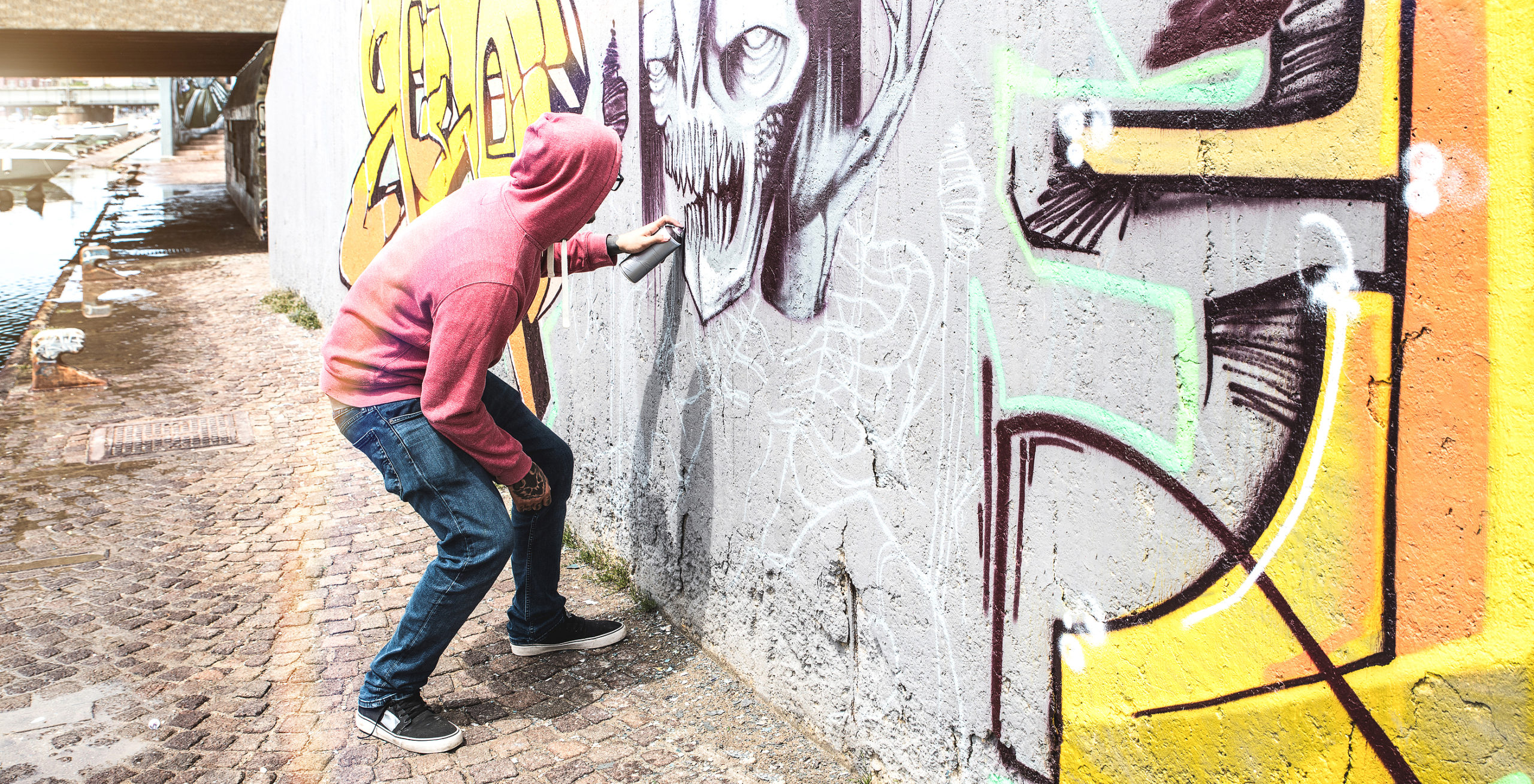Modern street art is a relatively young movement that originated in France and was later appropriated by New York artists in the 1960s, gaining maturity in the 1970s. While many associate street art exclusively with bright, bubble-like graffiti, this art form is actually much more diverse. Here is a quick review of present-day street art varieties, as well as the roots and inspiration of street art practitioners.
Main sources of modern street art
The roots of modern street art can be found in the early creative activities of Ernest Pignon-Ernest. The street artist produced his first works in 1966, though the first stencils on the streets of French cities appeared only in the early 1980s. Pignon-Ernest is also regarded as the founder of stencil street art, the technique so beloved by many street art celebs, including Banksy.
Stencils quickly became popular, creating a new street artist community, which included Blek Le Rat, Nemo, Artiste Ouvrier, etc. These artists started reexamining the classical works of art, political personas, and events, as well as pressing socio-cultural, political, and environmental issues of their times. This way, stencil art has become the new trend in street art, with thought-provoking stencils flooding the streets of European and American cities.
Collage art is another popular technique used by urban street artists. Also founded by Pignon-Ernest, this technique was quickly picked by many well-known creatives, including JR and Levalet. From political posters to large-scale thematic creations, collage art is now highly popular and more tolerated by local authorities due to the ease of its physical removal.
Are there rules in street art?
One thing that all forms and styles in street art share is the boundless freedom of self-expression. Street artists are more open to the choice of tools, venues, and size of their creations because they are not limited by the confines of studios. The most common types of street art include stencils, stickers, freehand drawings, and video projections. Mixed-media street art and non-conventional forms of artistic expression, such as life performances, are also gaining momentum.
Street art, institutionalized
While street art is commonly regarded to be a free, anarchic movement commonly linked to graffiti and stencils, it has already firmly entered the broader art industry and has occupied a niche of its own. Even top-tier art institutions recognize the cultural value and uniqueness of street art, with the Street Art exhibitions held at Tate London and a separate Street Art Research Institute holding studies and providing curatorial support to emerging street artists.

